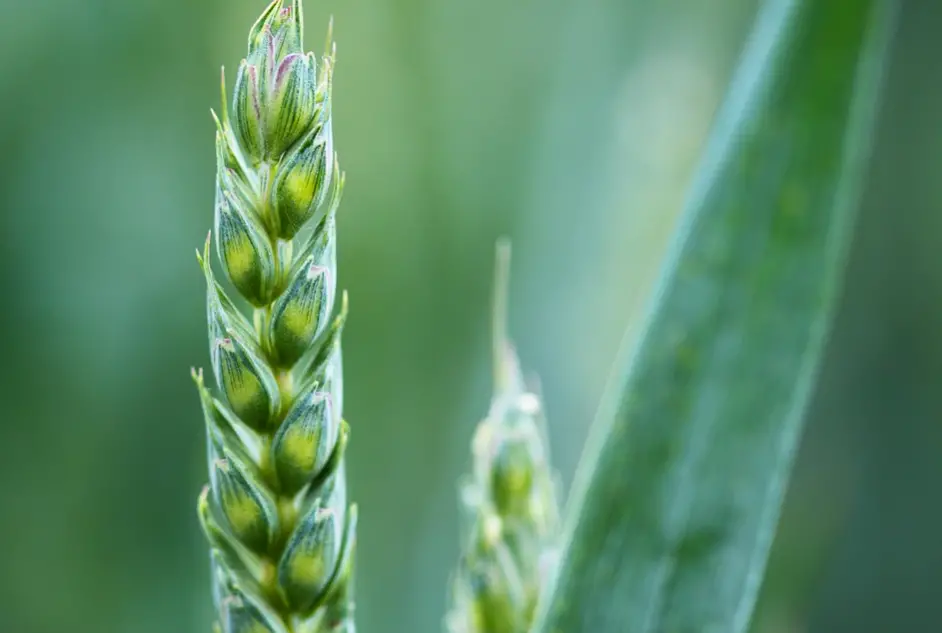Agricultural marketing means different things to different people. Agricultural marketing may refer to daily, weekly, or monthly food shopping for the customer.
At the primary stage, the farmers deal with local farm product buyers. Then the farmer may associate marketing with loading the products into the pickup for the trip to the market. Sometimes, they are calling of local elevators so that they can determine which is offering the highest price for grain.
In contrast, food middlemen like retailers, wholesalers, and producers may view marketing as a process of achieving a competitive advantage over market rivals, or they may improve their sales and profits and satisfy customers. Each member has some partial work of the total marketing process and services.
We can define marketing as the performance of all business activities that are involved in the flow of food products from the initial production until they are in the hands of final customers.
This definition indicates everything that happens to the food after it leaves the farm gate. Because, if a product has no market place then it is unnecessary to produce.

The marketing decision begins with the production decision of the farm. Now, the farm gate is viewed as an n ambiguous dividing line between farming and food marketing. Besides, farmers are performing more and more marketing activities on the farm. Having some cooperative and other arrangements, they are also extending their operations to off-farm marketing activities.
At the same, the food marketing firm also involves in food production. Hence, care must be taken between farming and food marketing at the farm gate.
This definition, also suggests that farmers and food marketing middlemen are mutual interdependence. Because the food production process doesn’t stop at the farm gate. The food marketing activities complement the agricultural production process.
Although it is also true that, there would be no food without farmers. As a result, the consumers also rely on food marketing activities to complete the food production process that begins at the farm gate. At the same time, the farmer and the food marketing firms have a competitive and complementary relationship.
Food marketing is not a mechanical and automatic operation. The essence of food marketing is management decision-making. All the business activities are related to the interpersonal relation and the decision making like-
• What is the correct buying and selling process?
• Should you sell it now or store it for future selling?
• How much are your promotional costs and new product development?
The right answers to these questions may bring correct profits and loss statements. The cost and efficiency of the food marketing system depend on the quality of the food marketing management decisions.
Today the farm supply industries or input markets like feed, fertilizer, farm machinery, and seed industries are considered a vital part f the food industry. Our food industry is shaped by and serves three key players.
1. Food producers
2. Food marketing firms
3. Food Consumers

The government, print media, food and agricultural organizations and allied industries like transportation, communication, energy, and other sectors have an interest in the food industry, so, sometimes conflicts rise among these players.
Consumers are always seeking the highest food value at the lowest possible price. Besides, farmers want the highest possible returns from the sale of their products. And final the food marketing middlemen seek to earn the greatest profit. So these are the conflicting demand in the food marketing system. This is not always a satisfying or easy task.
We can consider the market as an arena where we can facilitate and organize business activities. This will help us to answer some basic economic questions like –what to produce, how to produce, how much to produce, and how to distribute production.
An Agricultural market may be defined by location, time product, and institutional level. The different problems have different solutions. For better understanding, you may study the corn price at a local market and world market. The various components are joined markets for various purposes like – the farm supply sector, the farm sector, the food marketing system, and the national economies. These are the input supply sector that is commonly known as agribusiness.
